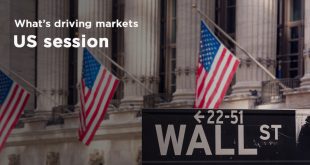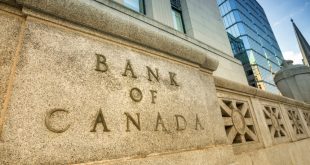The October 2025 U.S. government shutdown has cast a long shadow over financial markets, exposing vulnerabilities across multiple asset classes and prompting investors to reassess risk and strategy. With over 900,000 federal employees temporarily furloughed, key government operations have halted, slowing both the release of economic data and regulatory oversight. The resulting uncertainty is reverberating from equities to bonds, commodities, and currencies, reshaping market behavior.
Equity markets face immediate consequences. Companies awaiting regulatory approvals for IPOs, mergers, or new financial products experience delays, affecting capital raising and expansion plans. Regulatory furloughs reduce oversight, potentially increasing operational risks and market volatility. Investors are naturally gravitating toward defensive sectors, including utilities, consumer staples, and healthcare, which historically display resilience during periods of fiscal uncertainty. Meanwhile, technology and industrial sectors with heavy reliance on government contracts or international trade face higher sensitivity to delayed approvals and interrupted reporting.
Fixed income markets are also under pressure. Treasury issuance and cash management are constrained during the shutdown, which can temporarily reduce liquidity in U.S. government securities. This has prompted a mild flight-to-safety, pushing yields slightly lower on Treasuries. Corporate bonds, particularly those of companies dependent on federal contracts, face wider credit spreads as investors price in uncertainty and potential cash flow disruptions. Municipal bonds, reliant on local tax revenues indirectly affected by federal fiscal operations, may also experience volatility.
Commodities are reacting to both the shutdown and the associated market uncertainty. Precious metals, notably gold and silver, are attracting inflows as investors seek stores of value amid uncertainty over economic reporting and market oversight. Crude oil markets are sensitive to delays in government reporting on strategic reserves, production levels, and import-export data, which can temporarily amplify price swings. Industrial metals like copper and aluminum may also experience supply-side speculation, as manufacturers await clarity on trade policies and export/import authorizations affected by furloughed regulatory staff.
Currency markets are not immune. The U.S. dollar may face pressure due to delayed economic signals, while currencies of economies less exposed to U.S. fiscal disruptions, such as the euro or Japanese yen, may see temporary strength. Exchange rate volatility has direct implications for multinational corporations, especially those with dollar-denominated revenues or cross-border financing obligations.
A critical fundamental factor highlighted by this shutdown is reduced market transparency. Delays in regulatory approvals, economic reporting, and policy guidance diminish investors’ ability to accurately assess risk, amplifying market swings. Sectors heavily reliant on government contracts—including defense, infrastructure, and healthcare—face higher uncertainty, affecting earnings forecasts and valuation models. Even beyond direct fiscal exposure, the slowdown affects corporate confidence, potentially delaying investments and hiring decisions.
The shutdown also underscores the interplay between fiscal and monetary considerations. Central banks and policymakers must navigate an environment in which incomplete data complicates decision-making on interest rates and liquidity provision. Investors, in turn, may respond with greater reliance on safe-haven assets, portfolio diversification, and short-term hedging strategies to mitigate risk until regulatory and fiscal normalcy is restored.
Overall, the 2025 U.S. government shutdown is testing the resilience of the financial system across asset classes. Equities, bonds, commodities, and currencies are all responding to a combination of regulatory furloughs, delayed economic data, and broader macroeconomic caution. Traditional correlations may shift, defensive strategies gain prominence, and safe-haven assets emerge as focal points amid uncertainty, making careful monitoring and strategic positioning critical for investors navigating this turbulent period.

 Noor Trends News, Technical Analysis, Educational Tools and Recommendations
Noor Trends News, Technical Analysis, Educational Tools and Recommendations




